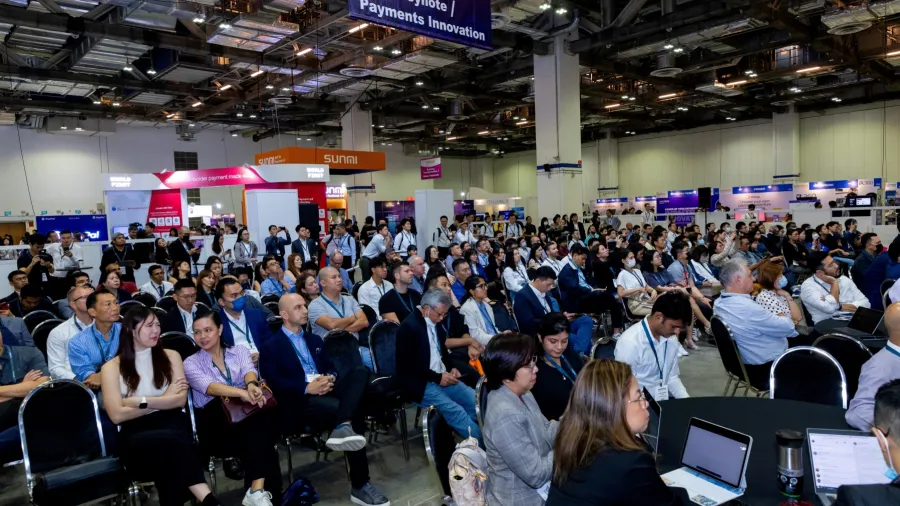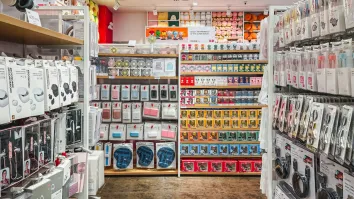
Retail, banking leaders in APAC give premium to customers’ needs
Seamless Asia was staged in Singapore and drew over 3,000 banking, e-commerce, payments, and retail players for focus discussions and networking.
Retailers and banks are called upon to always craft their offerings around what their customers need, from emotional value to convenience, whilst ensuring that all consumer segments are catered to.
This was the main takeaway from industry leaders who discussed transforming business operations at Seamless Asia, which returned to in-person engagements on 27-28 June at the Marina Bay Sands Expo & Convention Centre in Singapore.
Staged for the first time since the COVID-19 pandemic, Seamless Asia successfully convened over 3,100 banking, e-commerce, payments, and retail players for over 70 discussion sessions on payments innovation, payments security, banking transformation, e-commerce strategy, and e-commerce marketing.
Opportunities in ‘shoppertainment’
As people connect through social media, marketplaces within such platforms such as TikTok enable a “content-driven commerce” that presents a $1t opportunity for brands in the Asia Pacific region (APAC), Hung Nguyen, head of Regional D2C & Emerging Verticals at TikTok, said in his keynote address.
Citing a Boston Consulting Group report, Nguyen said there had been shifts in shopping behaviour which includes customers seeking an emotional connection with brands, and the element of “fun” that turns users into customers.
Brands could also tap into the emotional demand spaces of customers which include their need for recommendation, inspiration, and indulgence. To allow this, brands should focus on content that is educational, authentic, and not force decisions through a video-first format.
“Emotional needs revealed a new form of commerce emerging that is rooted in entertainment,” he said.
“Shoppertainment is content-driven commerce that seeks to entertain and educate first. It combines content, culture and commerce to create highly immersive shopping experiences,” Nguyen said.
Because of this, shoppertainment will accelerate live commerce opportunities in the region, he said.
Shoppertainment value in APAC was at $500b in 2022 and could double by 2025 to reach $1.1t. Indonesia, Japan, and South Korea would account for 67% of the total due to their established e-commerce bases, according to the report.
Shaping the banking industry
At the Banking Keynote Panel session, the Philippines’ Lito Villanueva, executive vice president & chief of the Innovation & Inclusion Office at Rizal Commercial Banking Corp. (RCBC), said that whilst digital transformation is accelerating, there is also a focus on enhancing cross-border digital payments in Southeast Asia.
Villanueva noted that the central banks of the Philippines, Indonesia, Malaysia, Thailand, and Singapore had signed an agreement last year on interoperable payments. For a country with remittances accounting for 10% of the economy, it is important for the Philippines to cut the costs of transfers.
“One thing that digital cross-border transfers will be able to address is practically having to disintermediate those middlemen to further reduce the costs of transfers,” he explained.
For DBS Bank in Singapore, Chief Operating Officer Sharon Tan said it is important to offer the mode of payment that customers find the most convenient. DBS Bank aims to enable customers to use a mode of payment that they can use almost anywhere in the Lion City.
For example, they can use PayLah! App to purchase movie tickets or pay at hawker merchants. “How the trends evolve in the payment landscape is a lot to do with what the customer really wants. From there, we shape our innovation and technology,” Tan said.
On the crypto landscape, SEBA Bank APAC CEO Amy Yu noted that there are moves in Hong Kong for the sector such as regulations for stablecoin, a type of cryptocurrency.
Payment trends
In choosing a payment method, SheueChee Beh, director for payments APAC at Uber, opened up at Payments Keynote Panel that businesses should always consider the consumers they are serving including the age groups and the product they want.
“It really comes down to the goal before you choose the payment methods because there is no one size fits all. There are different types of consumers out there that you would have to look at before you go with the payment method,” Beh said at the Seamless Asia session.
Mantas Eitutis, head of Payments and Risk at Eneba, also said that companies should accommodate the needs of each segment of customers, taking into account the country and region they are in to satisfy their needs.
Meanwhile in Indonesia, a country with a population of over 270 million, payment trends included the emergence of various incentives when availing services. DANA Indonesia had offered money transfer services when it was still expensive to send money to rural areas, recalled Chief Innovation Officer Darrick Rochili.
Digital adoption is growing in the country, with the Indonesian government pushing for a National Quick Response (QR) Standard that can be used to pay via digital wallets, Rochili said.
Stephen Hamill, general manager at 8x8, said they are “fairly agnostic” in terms of payment methods but highlighted that they ensure that trust remains between the vendor, the payment gateway, and the consumer. Regulations in each country must be taken into consideration, he said.

















 Advertise
Advertise








